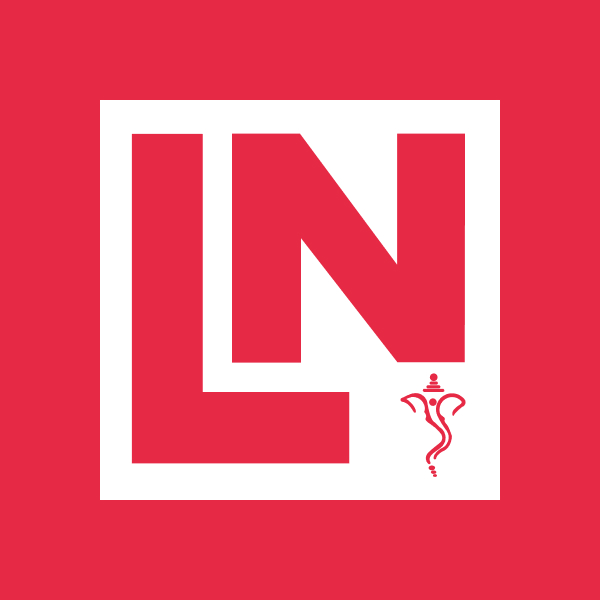Why Do Higher Education Websites Prefer Drupal as Their CMS?

While pursuing higher education is known for its challenges, have you ever considered the intricacies of managing a higher education institution? The massive volume of files, student records, databases, and other elements can quickly spiral into disarray.
This is precisely why you require a content management system (CMS) that can efficiently oversee many tasks, including managing various departments, users, research activities, and, most importantly, the content itself. Drupal excels in all these facets, positioning itself as the premier choice for higher education websites. But many more reasons make Drupal solutions apt for the Education industry. Let’s have a look at some of these.
Why Drupal Is The Best For the Education Industry
Did you know? Drupal is the favored platform for 71 of the world’s top 100 universities, including prestigious institutions such as Harvard, MIT, Oxford, Stanford, and numerous others.
Here are the reasons for the popularity of Drupal solutions for education industries/websites:

1. Multi-site Approach for Departmental Control
One standout feature that makes Drupal the prime choice for educational institutions is its robust Multi-site approach. This enables institutions to exercise complete control over various facets of their organization.
This approach is essential for educational institutions with diverse departments, colleges, intranets, and various digital entities that need to maintain their autonomy while collaborating seamlessly within the larger framework of the institution. This distinctive capability allows each department, college, or intranet to have individualized control and management over its digital presence.
2. Cost-Effective Intranet Solutions
When it comes to cost-effective intranet solutions, Drupal stands as a reliable ally for both enterprises and educational institutions alike. This is particularly helpful for educational institutions that might otherwise need to engage multiple vendors to manage their intranet websites.
Drupal offers out-of-the-box capabilities that include collaboration features, content management, and user administration, making it a comprehensive intranet solution. The beauty of this lies in its affordability – institutions can achieve robust intranet functionality without breaking the bank.
3. Efficient Content Governance
Efficient content management is core for educational institutions, and Drupal offers a holistic solution. It recognizes that users within these institutions often come from non-technical backgrounds but must contribute to, edit, design, and publish online content quickly and efficiently.
Further, drupal’s powerful Access control features enable administrators to assign permissions to various user roles, including teachers, students, administrators, department heads, and site visitors.
4. Mobile-First Responsiveness
In the era of mobile devices, accessibility is crucial for educational websites. Drupal’s “Mobile First” approach acknowledges this trend and equips institutions with the tools to create responsive websites that deliver an exceptional user experience on any device. Drupal’s strategy ensures that websites adapt seamlessly to various screen sizes and resolutions, whether on smartphones, tablets, or desktops. This adaptability guarantees that users can access essential information and services effortlessly, fostering engagement and satisfaction.
5. All-round Security
Educational websites often face the constant threat of security breaches due to their wealth of sensitive student information and valuable content. Drupal is widely known for its stringent security measures, making it a preferred platform for institutions. Prominent examples include the use of Drupal for Whitehouse.gov. Its robust security framework includes regular security updates and patch releases, promptly addressing potential vulnerabilities.
6. Flexibility, Scalability, and Robustness
Drupal is an exceptionally efficient and powerful tool that provides flexibility, scalability, robustness, and security while managing vast amounts of content, data, and users. Educational institutions often grapple with handling extensive content, complex data structures, and diverse user needs. Drupal’s flexible architecture empowers institutions to customize their digital ecosystems to meet these unique requirements.
Whether it’s creating diverse content types, managing intricate databases, or tailoring user experiences, Drupal offers the versatility needed to adapt to evolving demands.
7. Integration with Learning Management Systems (LMS)
Integrating Learning Management Systems (LMS) is a critical aspect of educational websites, and Drupal excels in seamlessly incorporating these systems to enhance the overall educational experience. Drupal’s flexible architecture allows easy integration with popular LMS platforms like Moodle, Blackboard, or Canvas. This simplifies administrative tasks like user authentication, course management, and data synchronization.
Let’s Wrap Up!
In summary, Drupal is the ultimate choice for educational institutions, offering a versatile Multi-site approach, cost-effective intranet solutions, simplified content management for non-technical users, and robust mobile-first accessibility, among many other advantages. If you’re searching for exceptional Drupal development services, contact us today to schedule a consultation.
